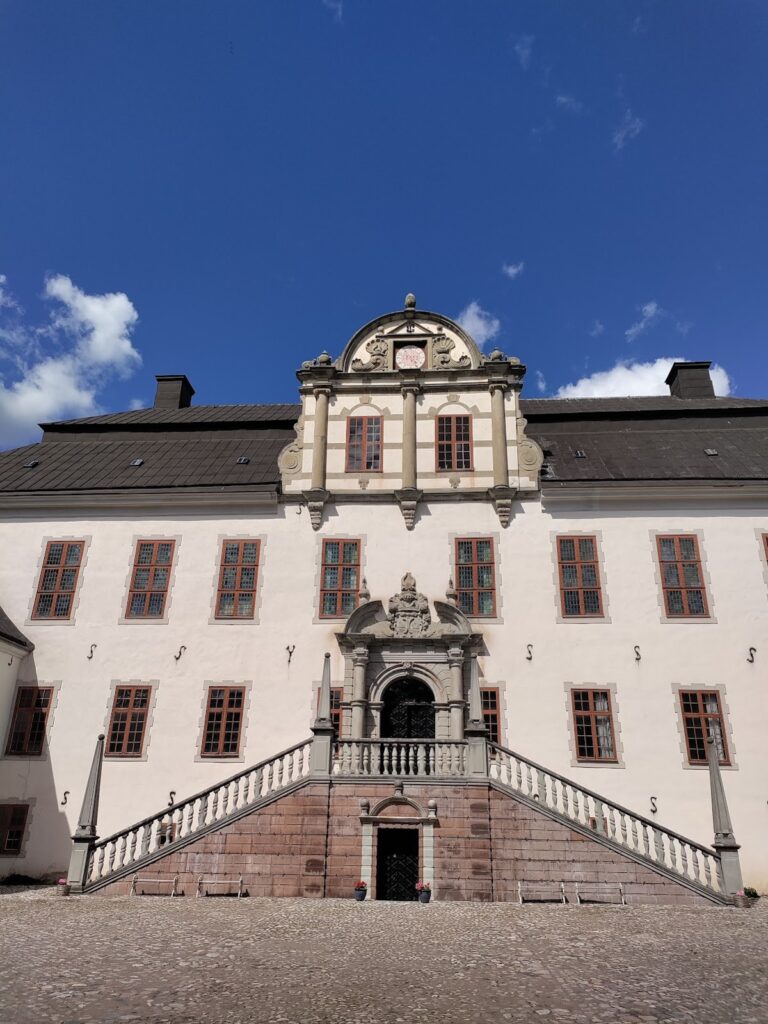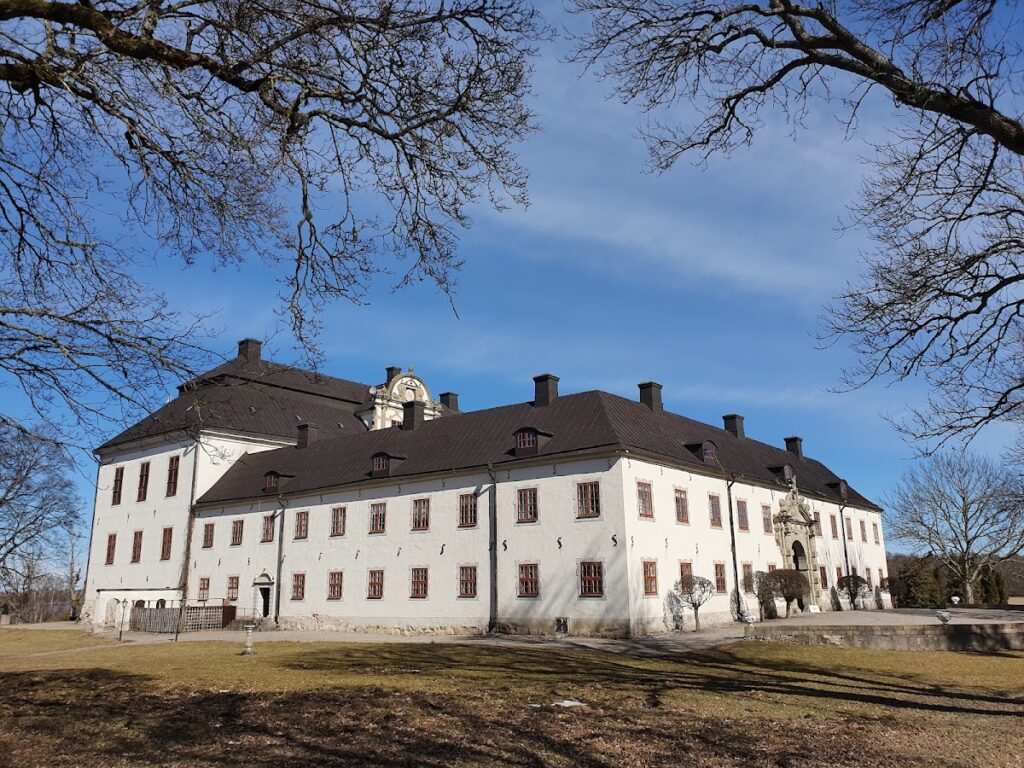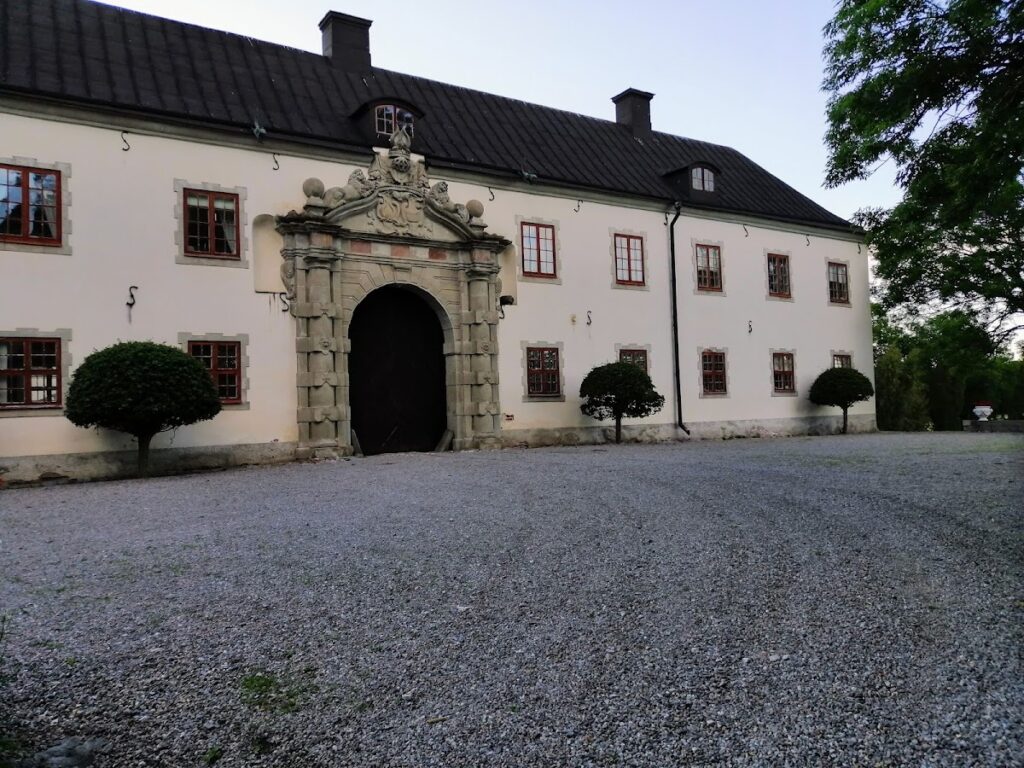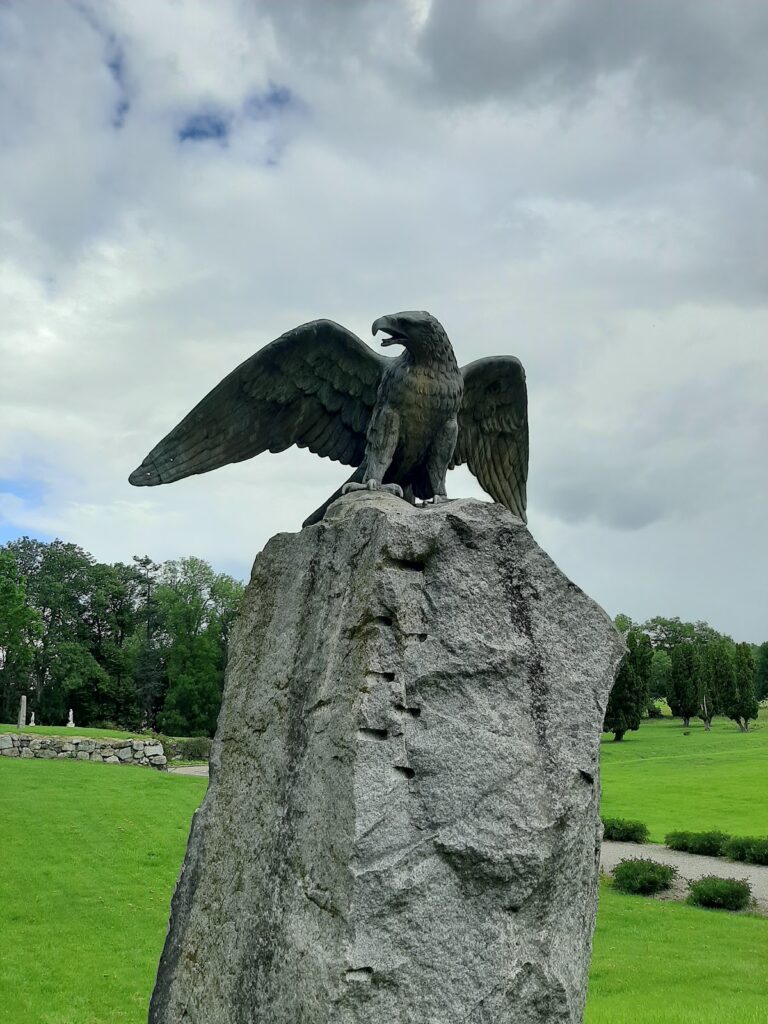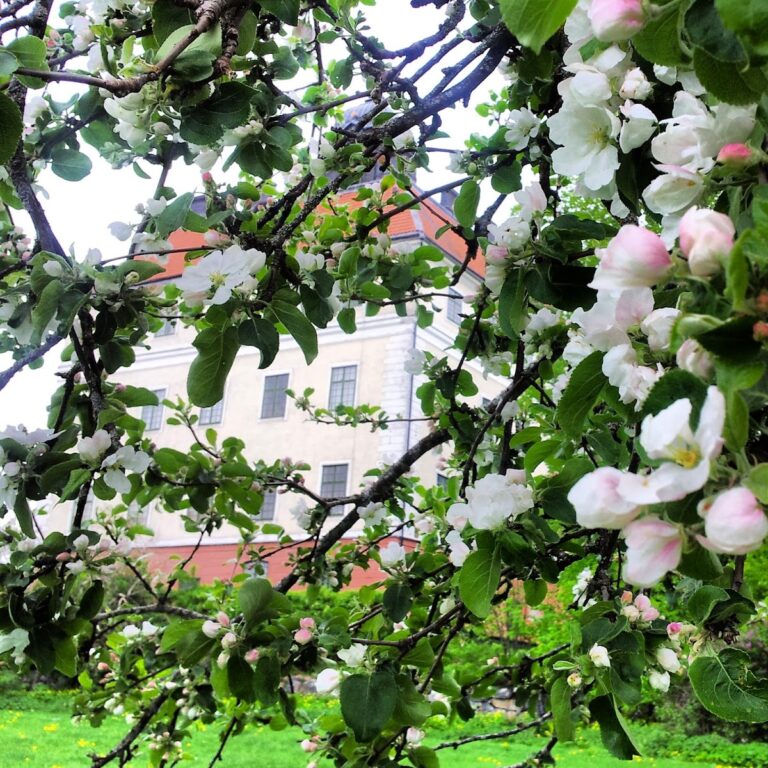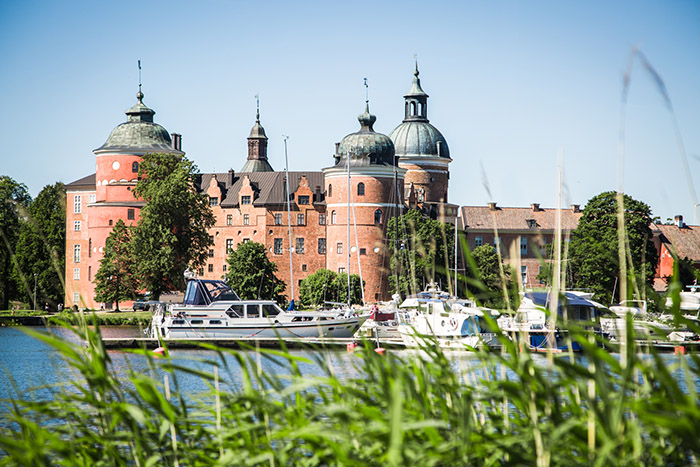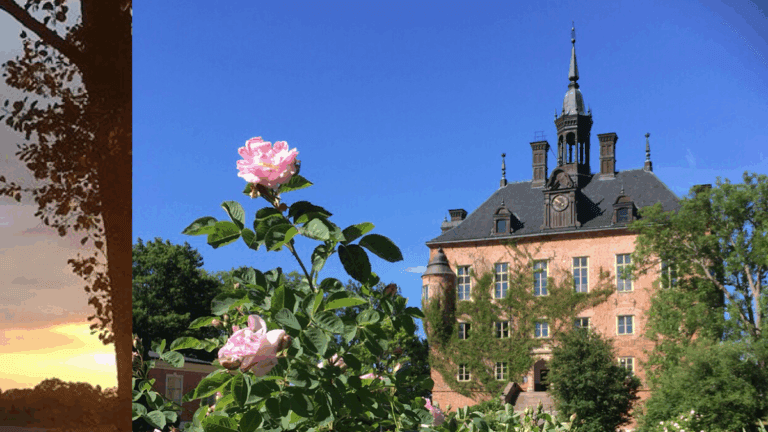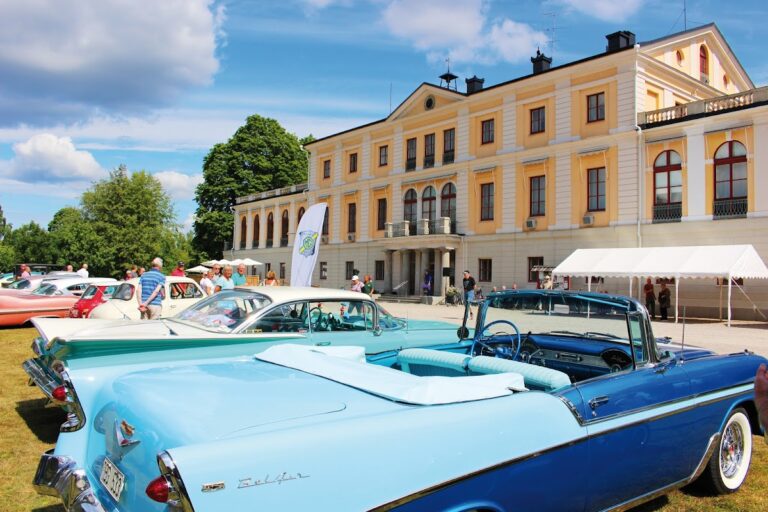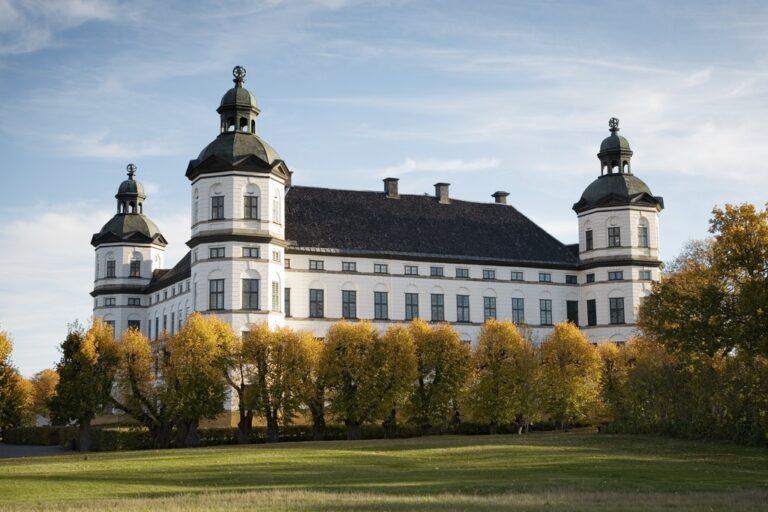Tidö Castle: A Historic Noble Estate in Sweden
Visitor Information
Google Rating: 4.1
Popularity: Low
Google Maps: View on Google Maps
Official Website: www.tidoslott.se
Country: Sweden
Civilization: Unclassified
Remains: Military
History
Tidö Castle is situated near Västerås in Sweden and originated within the medieval framework of noble estates established by Scandinavian aristocracy. Its earliest foundations date back to the late 15th century when a substantial stone house was constructed on the site by the Gren family, signaling the inception of the estate’s long-standing connection with Swedish nobility.
The initial building, known historically as Oldenburg, was erected as a fortified square structure in the late 1400s. Ownership first entered recorded history under knight Arendt Bengtsson Ulf to Nynäs, and over the centuries the property passed through the hands of various noble families including the Gren, Leijonhufvud, Tott, Bååt, and Oxenstierna lineages. By the mid-16th century, the stone house included features such as a stair tower and was surrounded by defensive moats, reflecting its original role as a noble fortress.
In the 17th century, Tidö Castle underwent a major transformation. Between 1625 and 1645, under the leadership of Lord High Chancellor Axel Oxenstierna and his wife Anna Åkesdotter Bååt, the medieval stronghold was replaced with a grand residence designed in the late Renaissance and early Baroque styles. Architects Simon de la Vallée and Nicodemus Tessin the Elder were involved in its design and decorative detailing, contributing to the evolution of the castle into a notable noble seat reflecting contemporary European influences.
For approximately two centuries following its reconstruction, the estate remained under Oxenstierna ownership. In 1889, the castle was acquired by the von Schinkel family, who have maintained possession to the present day. In the 20th century, Tidö Castle expanded its cultural role when Carl-David von Schinkel established a toy museum within its walls in 1974, a collection which later merged and moved to Stockholm in 2017.
More recently, Tidö Castle gained political significance as the venue for negotiations after the 2022 Swedish general election. Leaders from four right-wing parties convened there to form the Tidö Agreement, a coalition deal that paved the way for establishing a center-right government in Sweden.
Remains
The current Tidö Castle stands as a well-preserved example of 17th-century noble architecture, showcasing influences drawn from German and Dutch late Renaissance and early Baroque styles. The building complex is arranged around a square courtyard consisting of a two-story main building with a basement on the north side, flanked by three lower two-story wings on the east, west, and south sides. The primary entrance to the castle courtyard is gained through an imposing vaulted gateway located in the southern wing.
Adjacent to the present structure lie the remains of the original medieval stone house known as Oldenburg. Once a square stone fortress crowned by a stair tower, this building was surrounded by protective moats and constructed during the late 1400s. By the mid-17th century, this earlier fortress was repurposed into a brewhouse and maltings, and today its ruins remain several hundred meters from the current castle platform, bearing witness to the estate’s medieval origins.
Among the castle’s most distinctive exterior features are its sandstone portals carved around 1640 by stonemason Heinrich Blume. These grand entryways incorporate classical Doric half-columns and display meticulously sculpted double coats of arms representing the Oxenstierna and Bååt families, marking the division between courtyard and main building with impressive heraldic artistry. The southern wing’s courtyard façade is further distinguished by small curved turrets, echoes of South German architectural motifs seldom seen in Sweden.
The castle’s roofing has changed over time; the original high hipped saddle roof was replaced in the early 1700s by a manor-style roof. However, several copper water spouts shaped like dolphins, crafted by Peter Mitter in the 17th century, still adorn the wings’ roofs, preserving aspects of the earlier design.
Inside, the interior spaces retain many original elements. The Knight’s Hall features 17th-century intarsia wood doors with intricate inlaid patterns, deep window niches framed with stone benches, sturdy limestone flooring, and a richly decorated open fireplace bearing the family coats of arms dated 1652. Additional rooms include the Yellow Salon, showcasing 18th-century Gustavian furnishings and a ceiling painting of Aurora by Carl Gustaf Wetterstrand, and the Gallery, which houses 17th-century portraits of Swedish military leaders alongside baroque crystal chandeliers and 18th-century column stoves. The Blue Dining Room combines 18th-century decorative elements with a 17th-century Delft tulip vase as a centerpiece.
Overall, Tidö Castle maintains approximately forty elaborately decorated wooden doors in Renaissance style, crafted by German artisans featuring rich mosaic woodwork, along with original ceiling beams adorned with motifs reflective of the Renaissance period. These surviving features highlight Tidö as one of the most intact examples of its architectural type within Sweden, comparable to other estates owned historically by the Oxenstierna family, such as Rosersberg, Sturefors, Sätuna, and Tyresö castles.
